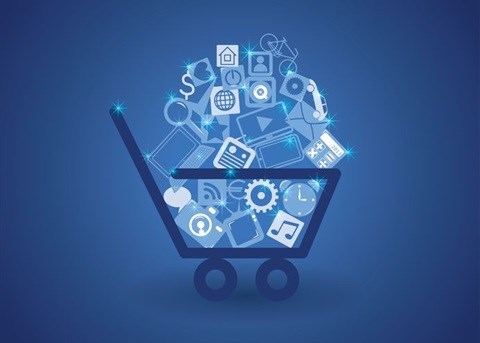Increasingly, going global actually means going very, very local. Each market comes with its own special beliefs, preferences and customs. When you're launching a campaign in a new country, it's no longer enough to just translate the copy on the offers and products. You have to think about how each product will be received and create a localised purchasing experience that engages shoppers and puts them at ease as they make their decisions.
Global marketing campaigns can help brands break into new markets, but only if content is localised well before a major launch. Here's how retailers can do that:
Many retailers think they can get away with using free or low-cost services like Google Translate to connect with shoppers in other countries. But this is a risky business because of the hit-and-miss accuracy of machine translation, which could derail a global marketing campaign. You can spend all the money you want on advertising, but if visitors to your website can't understand it, they won't go through with a purchase.

Shopping cart abandonment spikes when consumers feel confused or wary of a website. Research shows that a quarter of consumers will abandon a shopping cart if the website navigation is too complicated. Not only that, three quarters of shoppers prefer to buy products in their native language.
Properly adapting a website for a specific region helps with search engine optimisation too by building the site with translated keywords. For example, if a Nigerian shopper is trying to find a backpack, it's important to understand if the direct translation would be closer to "bag" than backpack. If it's "bag," a site needs to take into account all the varieties of that "bag" as well.
A localised website doesn't just help shoppers understand what they're buying, it also helps boost search engine rankings for keywords in your target market. So the Nigerian shopper who uses Google to look for a backpack may find your website first if you've translated the copy appropriately.
To really optimise global marketing campaigns with localisation, retailers have to focus on the customer experience in finding and purchasing the products they want. A marketing campaign can get them to the website, but a seamless shopping experience helps guarantee that shoppers will convert. Research shows that the number one reason people abandon their shopping carts is because they're presented with unexpected costs.
If you're trying to build a localised experience, ensure that shoppers can pay with their native currencies and that they know all the shipping and handling fees upfront. Otherwise, there's a big risk they won't go through with the transaction.
The checkout process should also be transparent and seamless from start to finish. From website to product page to billing information, make sure that each step is localised and takes into account the additional fees and wait times for international shipping.
Email marketing campaigns that are built for other markets need to be localised for the best returns. Compelling subject lines are the number one reason that people open emails - especially if they offer great deals. Make sure that the copy of each email offer, from the subject line to the product description, is accurately localised.
By offering an email sign-up form on your website for special deals, you can also ask subscribers for their country of residence and preferred language. That way, it's possible to customise and segment email campaigns accordingly.
Don't forget to review any legislation that might affect how you can get in touch with your subscribers. For example, while the US is relatively liberal, European countries are much stricter about when you can contact someone with an email marketing message.
Once you've created a localised website with the right keywords, made sure the shopping experience is seamless and created local emailers to drive shoppers to the site, you face the biggest challenge of them all: convincing shoppers your offer is the best deal for them.
Nearly two-thirds of online shopping carts are abandoned. Getting shoppers to check out is a matter of creating enough engaging content - and special offers - to convert. This is where retailers have to think extremely local. What makes a customer in Nigeria press the "buy" button? What kinds of offers can catch the eye of a customer in Botswana?
Often, this comes down to thinking about strategic offers and creating eye-catching campaigns that stand apart from the rest. But to do that, you first need to understand the local culture and language.
A one-size-fits-all global marketing campaign can only go so far with so many other competitors vying for customers. Unless you have a product that consumers can't buy anywhere else in the world, they're likely to compare your website with the competition.
This is where proactive planning has to come in. Once you've established a framework that you're sure will provide a great shopping experience for customers in Mombasa, Mauritius and Marrakech, it's time to sit down with your marketing team and come up with a plan that helps the business reach out to each of those audiences.
